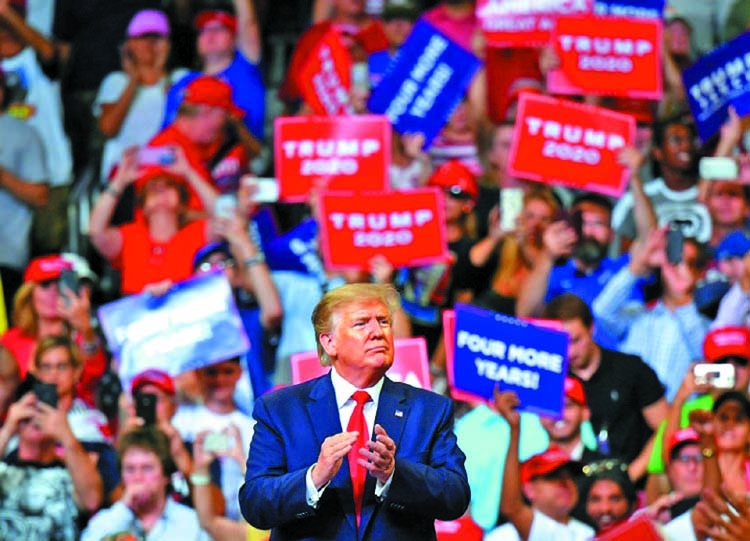Training journalists in the era of fake news

As uncannily realistic "deep fake" videos proliferate online, including one recently retweeted by Donald Trump, journalism schools are scrambling to adapt to an era of misinformation or fake news.
Experts discussed how to train tomorrow's reporters for these new challenges at the World Journalism Education Congress in Paris last week. The three-day event "Teaching Journalism during a Disruptive Age" was attended by 600 educators and researchers from 70 countries.
"We have journalism educators from places as different as Bangladesh and Uganda, but essentially we all face the same challenges," congress organizer Pascal Guenee, head of IPJ Dauphine journalism school in Paris, told AFP.
In China, the government makes no secret of its tight grip on the media. But fake news is seeping into traditional media via Weibo, WeChat and other Chinese-language social media platforms, said journalism professor Peiqin Chen of the Shanghai International Studies University.
"When someone posts false information on Weibo, it can be reposted by a mainstream newspaper's Weibo account," she said. "Other mainstream media pick up on it from there." "Mainstream media play the biggest role in confirming and spreading fake news in China," she added. It was US President Donald Trump who first popularised the phrase "fake news" in attacks on the news media.
But in May, Trump tweeted a video of US House Speaker Nancy Pelosi which appeared to have been edited to focus on sections of a speech in which she stuttered and mispronounced certain words. "Pelosi stammers through news conference," he wrote.
Another doctored Pelosi video, which went viral online, slowed down her speech to give the impression she was drunk.
